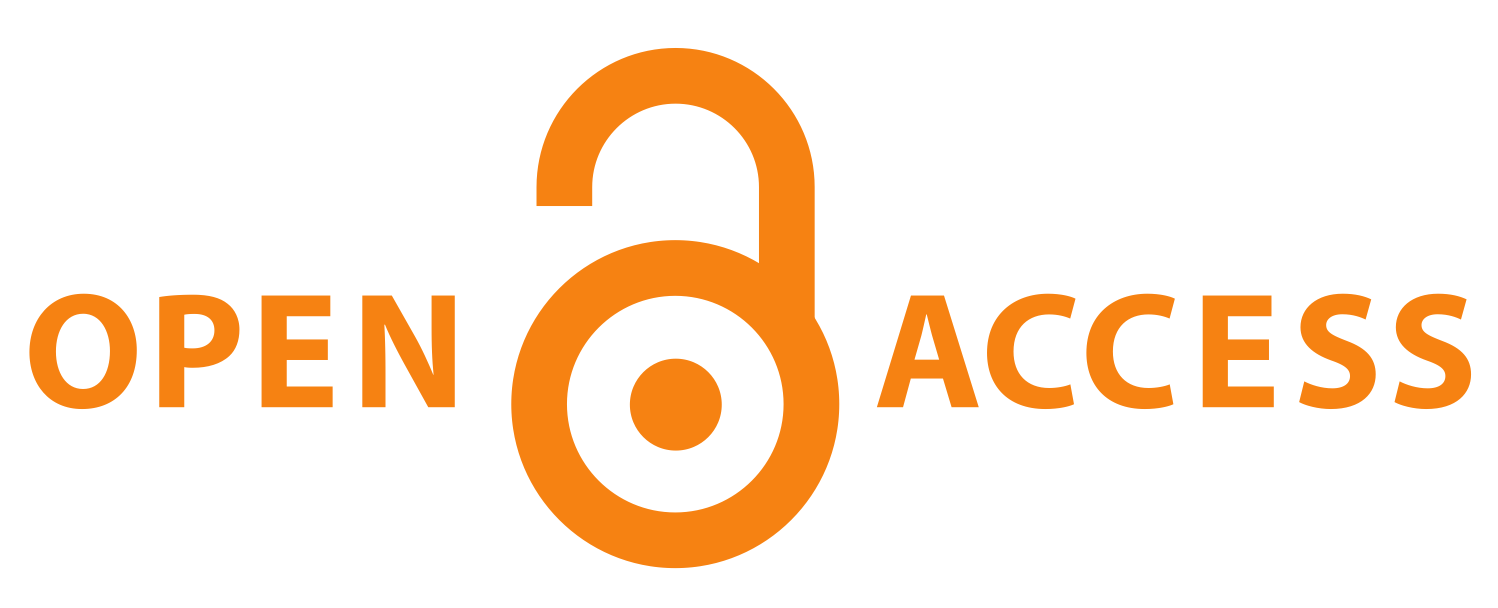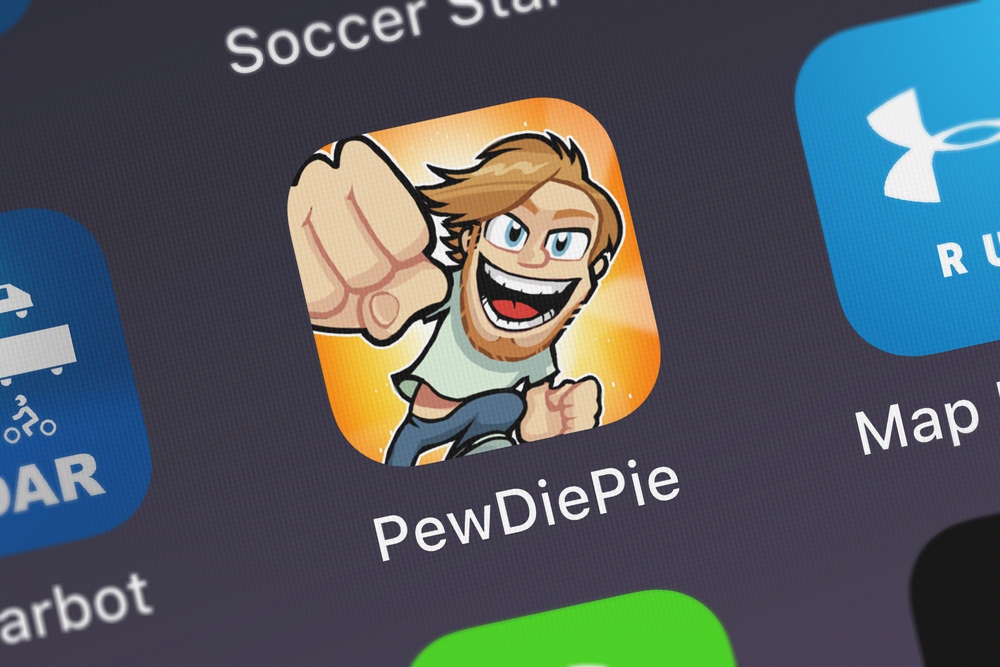SciComm Corner
Science communication advice and opinions from Scientia

Open access vs Public access the case for democratic outreach in academic communication
While the move towards open access and its benefit to the wider scientific community is laudable, it comes at a cost—a cost, like most publishing costs in academia, that is ultimately funded by the general public. In 2023, approximately 45% of academic papers were published as open access. This figure represents a continuation of the growth trend seen in open access publishing over the past decade. This figure is based on all OA models: fully open access (gold), green (self-archived), bronze (free to read without a clear license), and hybrid models. Approximately $2.25 billion of public funds were spent to make those academic papers open access.

A cynical case for outreach
PewDiePie’s mention of Diogenes of Sinope in his reaction video to his house being robbed ignited a remarkable surge of interest in the classical philosopher. Following the video’s release, an additional 80 million Google searches related to Diogenes were recorded in the subsequent week.

Revolutionise Your Reading Experience with Scientia’s New Innovative Article Design
Discover a new era in science communication with Scientia’s groundbreaking new article layout and design format. Our journey, starting with a print science communication magazine, evolved in 2014 with the introduction of a digital version. The goal was to enhance accessibility and reach a broader audience. In response to the overwhelming demand for digital content and environmental concerns, we took the bold step of transitioning exclusively to publishing via a digital magazine in 2020 – a move that proved highly successful.

SciComm Corner – Opposites Attract: Art and Science
Art is often considered the antithesis of all things scientific. Where science is precise and methodical, art is passionate and creative; where scientists are introverted and rational, artists are expressive and emotionally driven. Unfortunately, this view often causes art to be unfairly disregarded by scientists who, naturally, value their own skills and processes and are unconvinced about the benefits of collaboration with the unknown ‘other’.

SciComm Corner – Translating numbers into words: Can science communication keep up with increasingly abstract research in quantum physics?
The theory of quantum mechanics is one of the greatest scientific achievements of all time – it’s the best description that we have for matter, energy and how those two things relate to each other at a fundamental level. But quantum mechanics is also incredibly complex, and poses an enormous challenge to our imaginations, describing situations which seem contradictory and impossible.

SciComm Corner – Lessons learnt from COVID 19: The impact of science communication on public health
Successful public messaging could reduce harmful behaviours such as smoking, and drug and alcohol misuse, and encourage healthier decisions, like regular exercise and a balanced diet, thereby improving wellbeing. Doing so would also reduce the pressure on healthcare services, improving the level of care available for treating other diseases, and further improving life expectancy and the standard of living.
ABOUT SCICOMM CORNER
As well as bringing you the latest science through our publication, we also like to share our opinions and insights about the world of science communication. Here we provide practical guidance for scientists and science communicators who desire to communicate science to a broader audience in an effective and engaging manner.
All posts are brought to you by the Scientia team and invited guest bloggers. If you would like to get involved and share your opinion in SciComm Corner then get in touch, we’d love to hear from you: info@sciencediffusion.com
Creative Commons Licence
(CC BY 4.0)
This work is licensed under a Creative Commons Attribution 4.0 International License. 
What does this mean?
Share: You can copy and redistribute the material in any medium or format
Adapt: You can change, and build upon the material for any purpose, even commercially.
Credit: You must give appropriate credit, provide a link to the license, and indicate if changes were made.
